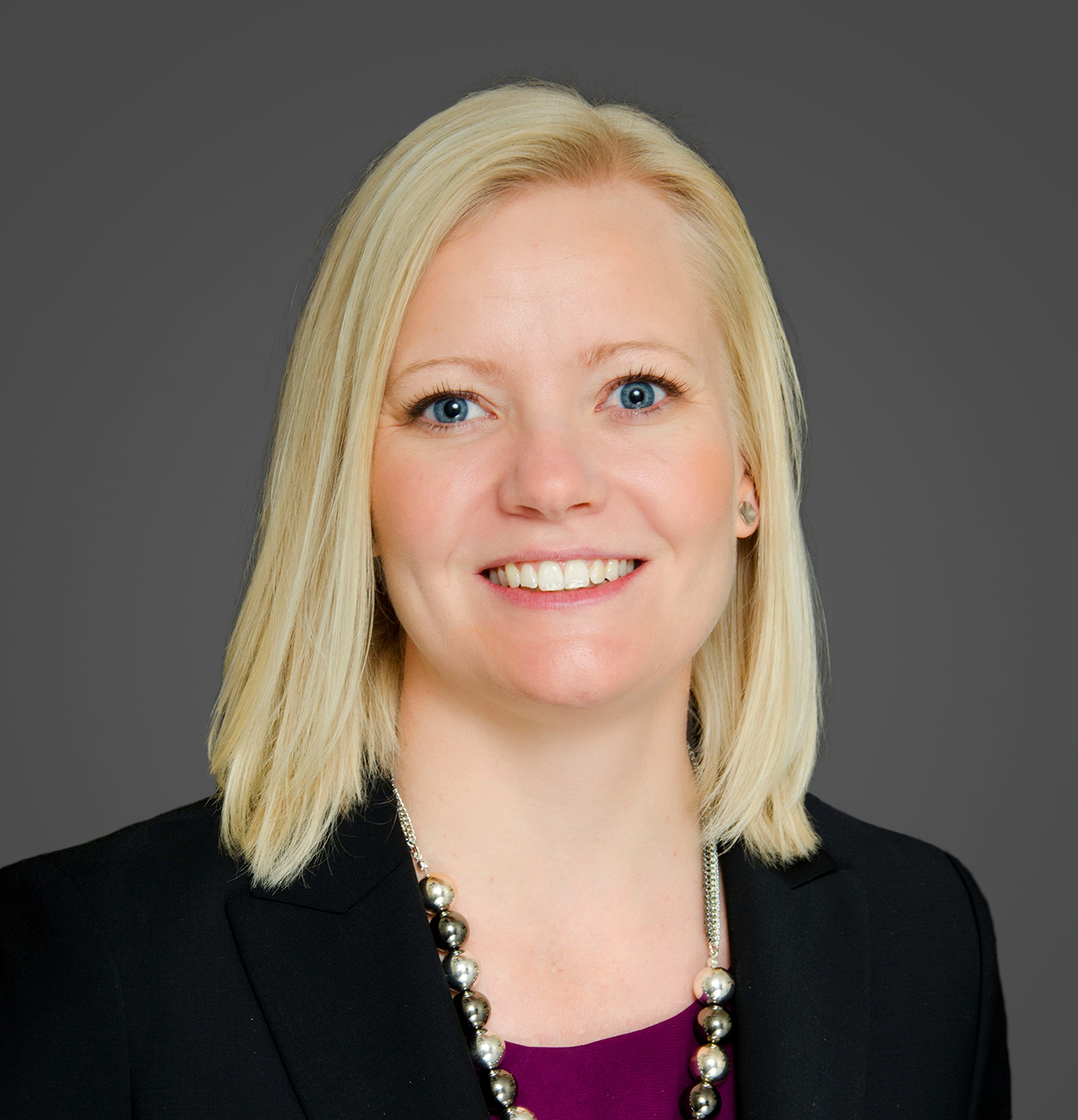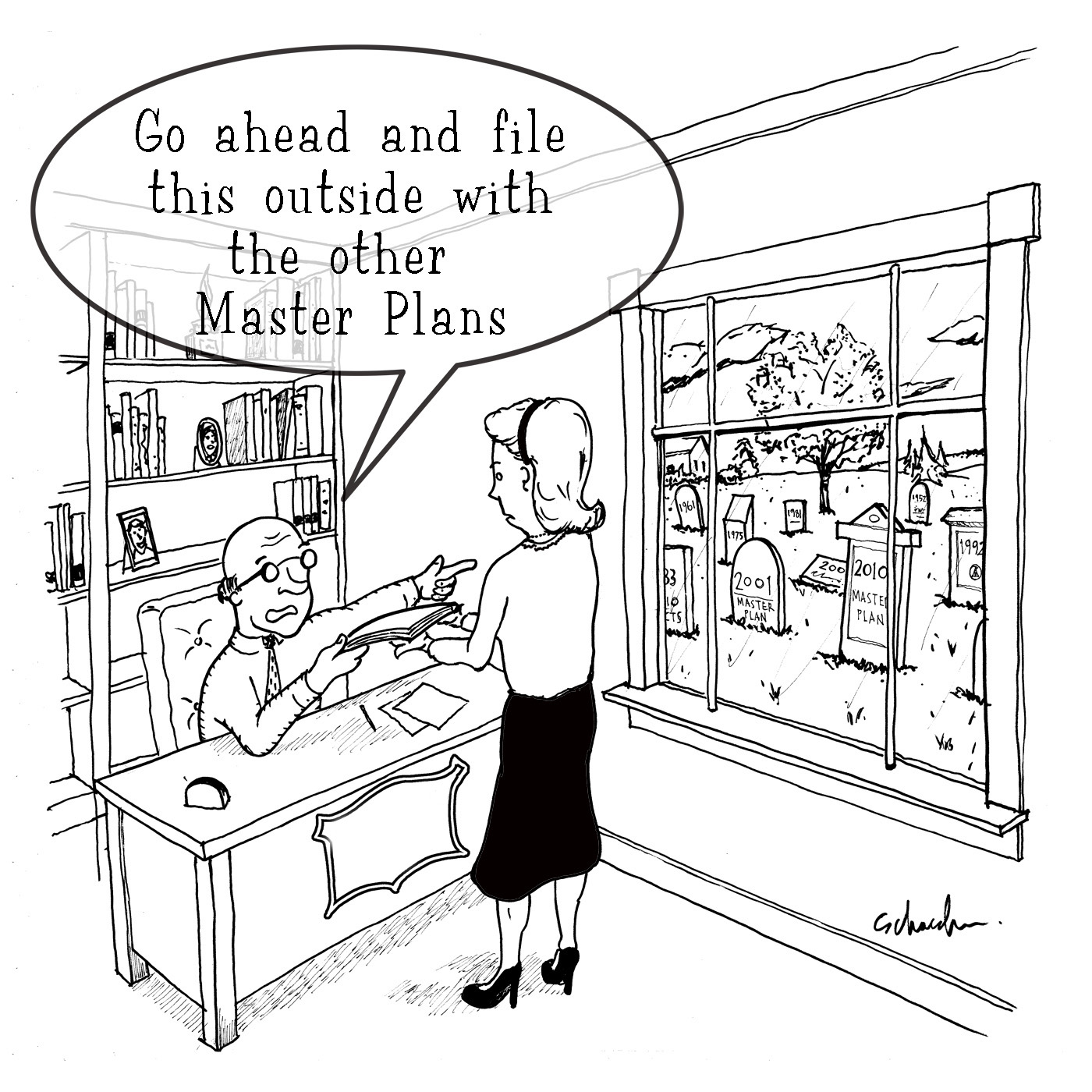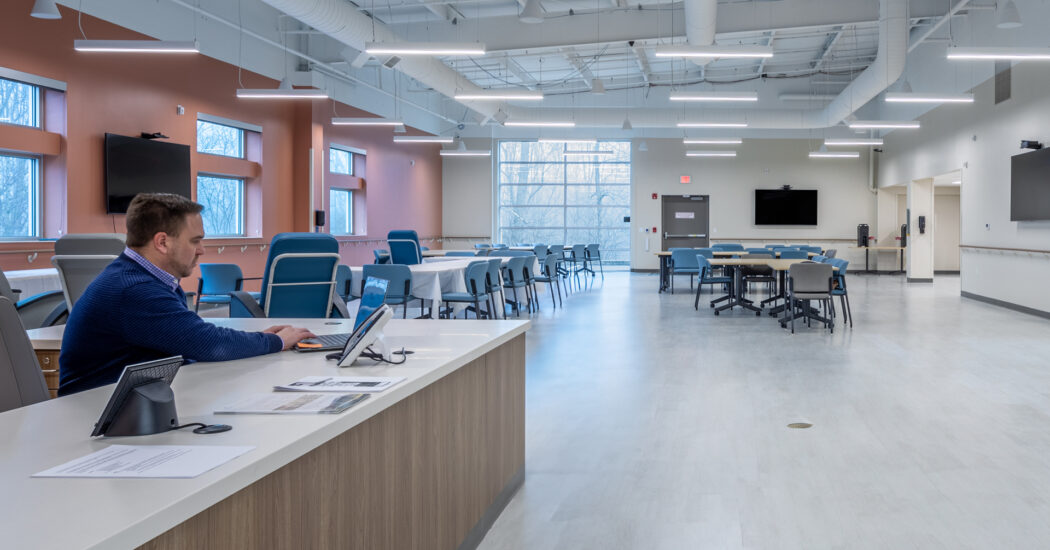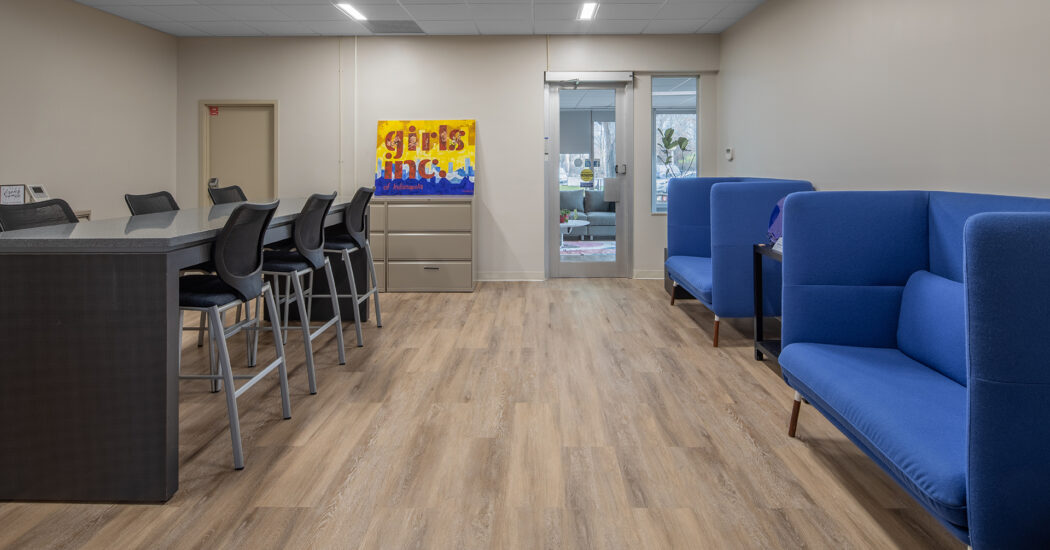A Word from Our Owners – Marian University & The Children’s Museum
-
Category
Studio-Higher Ed, Perspectives -
Posted By
Schmidt Associates -
Posted On
Jan 15, 2019

Audra Blasdel graduated from DePauw University in 2005 with a Bachelor of Arts in Economics and Computer Science and received her Masters of Business Administration with a focus in global supply chain management from the University of Indianapolis in 2009. Prior to starting her own company–Blasdel Solutions, a WBE Certified Project Management and Business Analysis company–she served as Marian University’s Executive Director of Facilities, Construction, and Purchasing.
In her current role as Director of Facility and Campus Operations at The Children’s Museum of Indianapolis, Audra is responsible for the day-to-day campus operations for maintenance, grounds, and custodial; strategic campus planning, and construction and renovations projects. She lives in Speedway, Indiana, with her husband and son.
_______________________________________________________________________________________________________________________
Structures and systems will require maintenance and periodic repair and rehabilitation (R&R) at some point. By keeping campus buildings running smoothly and efficiently, we are able to prolong a building’s lifetime while saving on overall future costs for our Owners. These seemingly “small projects” have a large impact for Owners and the end users. While our designers and engineers are obviously well-equipped to do the large-scale projects, we also are ready to help our Owners through R&R projects. Let’s hear from Audra on her experiences throughout the years.
How did a comprehensive understanding of your facility conditions impact R&R expenditures?
In general terms, it allows us to better plan for our expenditures and gives us a broader understanding of our needs. At Marian University, we brought Schmidt Associates in to do facilities strategic planning and a larger campus master plan, all derived from a 2025 strategic plan. We then needed to build the campus master plan and a facilities strategic plan so that we could take large capital needs and compare it to daily facility needs. This results in a coordinated and well-thought-out investment plan.
For example, this helped make sure we didn’t do large system replacement when we would be doing an addition to that building in a few years. It helped build a knowledge base in a centralized place rather than in various individuals’ heads. This work with Schmidt Associates helped us be smarter and more responsible.
What role has Schmidt Associates played in helping you maintain facilities at both Marian University and The Children’s Museum?
Schmidt Associates has provided a baseline assessment of facilities with an investment/expenditure plan as well as some Owner-friendly tools that allow us to manage the plan going forward. Those plans are developed in a way that allows us to manipulate and adjust the plan as we go through implementation, ensuring that the plan stays relevant and usable. Plans are often developed in a stagnant manner, and they quickly become stale and end up on the shelf. Steve Schaecher, an architect at Schmidt Associates, even drew a comic at some point to joke about the master plan ‘graveyard’.


That’s been the biggest benefit to working with Schmidt Associates on these plans: keeping the plan workable, usable, and modifiable so it plan doesn’t end up in that graveyard. The focus in working with Schmidt Associates has always been how we make it an owner-friendly plan that maintains its life.
What type of R&R projects has Schmidt Associates worked with you for?
R&R strategic planning projects have included the Marian University Campus Master Plan and Facilities Strategic Plan. We’re currently working on a strategic investment plan for the parking garage structure at The Children’s Museum. Schmidt Associates has also provided scopes of work, estimate checks, and preliminary assessments on a variety of large scale R&R projects, such as boiler replacements, electrical upgrades, plumbing retrofits, and accessibility upgrades.
Describe the process of working with Schmidt Associates.
For me, a lot of it has revolved around our long-lasting relationship over the past 7 years. This has included large- and small-scale projects and strategic planning. This opens the door for candid communication, something that is harder to have when everyone is new to the table. The consistency of who I work with and the way we work has allowed us to learn from each other and have an end product I can use going forward, which is really important. When I get a PDF that I have to regenerate documents out of, it’s not appealing. Facility priorities change every day and having a working document, not a stagnant document, is important for me on a strategic planning and R&R side.






